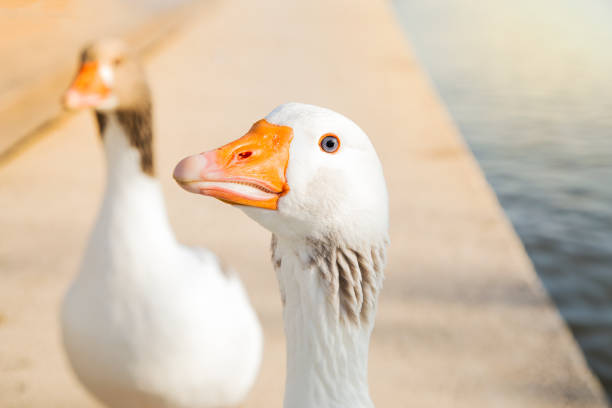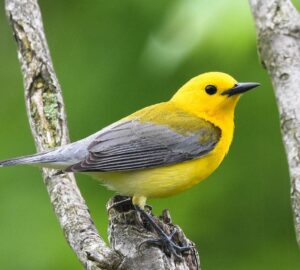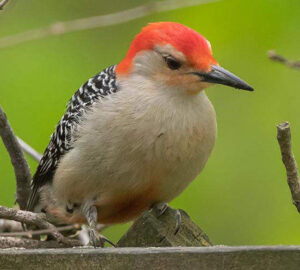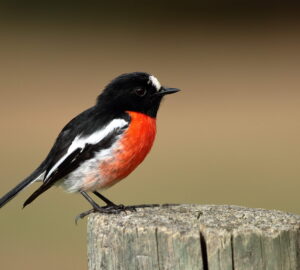When we think about geese, we often imagine them gliding gracefully across a pond or honking loudly in the sky. But have you ever wondered if these fascinating birds have teeth, especially on their tongues?
This question might sound a bit strange, but it’s an interesting aspect of bird anatomy that many people are curious about.
Geese and Their Unique “Teeth”
Geese, like all birds, do not have teeth like mammals do. Instead, they have something called “tomia.”
These are serrated or saw-like edges on their beaks and sometimes on their tongues that help them grip and tear their food. Let’s explore this in more detail.
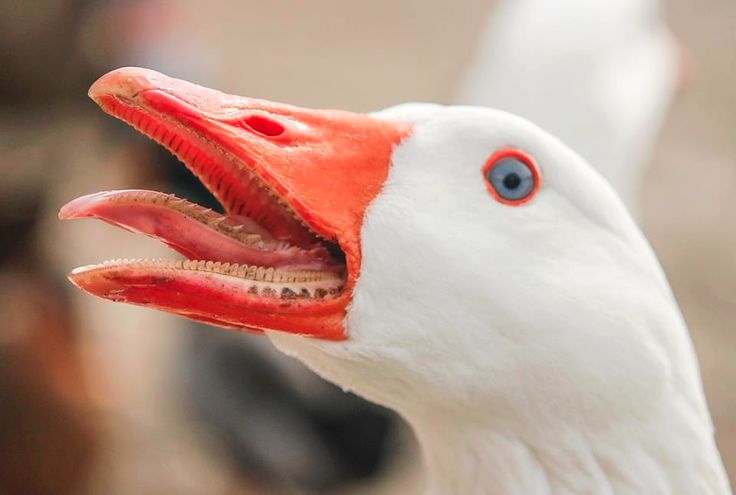
What Are Tomia?
Tomia are the ridges or serrations found on the edges of a bird’s beak. In the case of geese, these tomia are quite prominent and can look like teeth.
They are made of keratin, the same material that human nails and hair are made of. Tomia serve a similar purpose to teeth, helping geese to:
- Grip slippery food like fish or aquatic plants.
- Tear apart tougher plant material.
- Hold onto prey or food items securely.
Tomia on the Tongue
Interestingly, geese also have these serrated edges on their tongues. This can make it appear as though they have teeth on their tongues.
These structures help geese manipulate and process their food more efficiently. The tongue’s tomia work together with the beak’s tomia to handle a variety of foods, from grasses and grains to small insects and aquatic creatures.
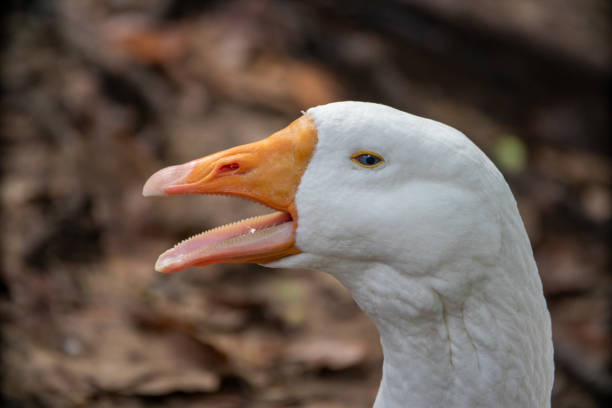
Why Do Geese Need These Structures?
Geese are omnivores, meaning they eat both plants and small animals. Their diet includes:
- Grasses and leaves
- Seeds and grains
- Small fish and aquatic invertebrates
Having tomia helps them manage this diverse diet. The serrated edges allow geese to:
- Cut through tough plant stems.
- Hold onto slippery fish or insects.
- Grind up food before swallowing.
FAQs
Do geese actually have teeth?
No, geese do not have true teeth like mammals. They have tomia, which are serrated edges on their beaks and tongues that look like teeth.
Can geese bite?
Yes, geese can bite, and it can be quite painful due to their strong beaks and serrated tomia. They use their beaks to defend themselves and their territory.
Why do geese have serrated tongues?
The serrated edges on a goose’s tongue help them grip and tear their food, making it easier to eat a variety of foods.
Are tomia unique to geese?
No, many birds have tomia, including ducks and swans. The structure and prominence of tomia can vary between species based on their dietary needs.
Conclusion
While geese don’t have teeth in the traditional sense, their beaks and tongues are equipped with tomia that perform similar functions.
These adaptations are crucial for their survival, allowing them to process a wide range of foods efficiently. So, next time you see a goose, remember that their “teeth” are actually specialized structures that help them thrive in their environments.

